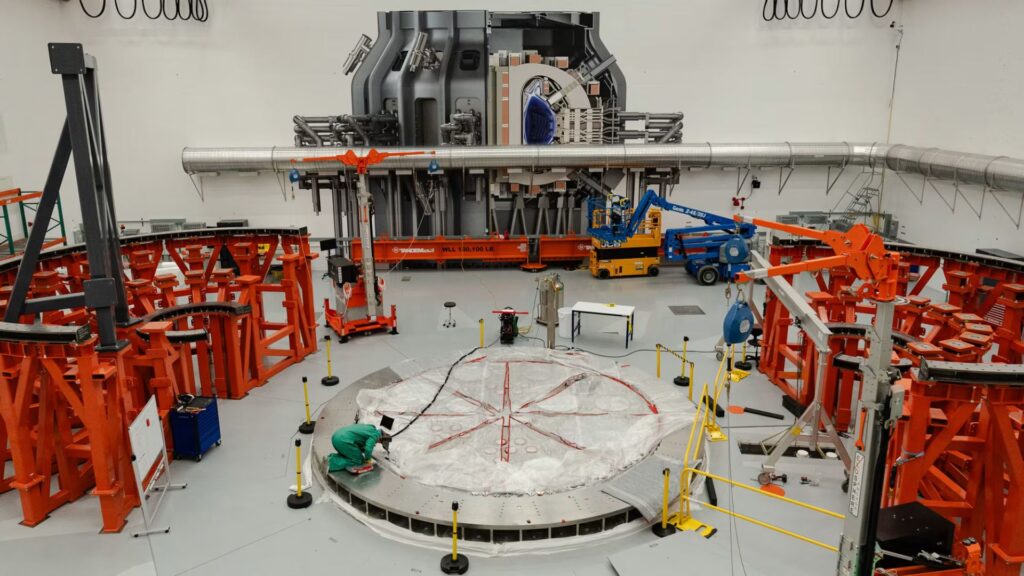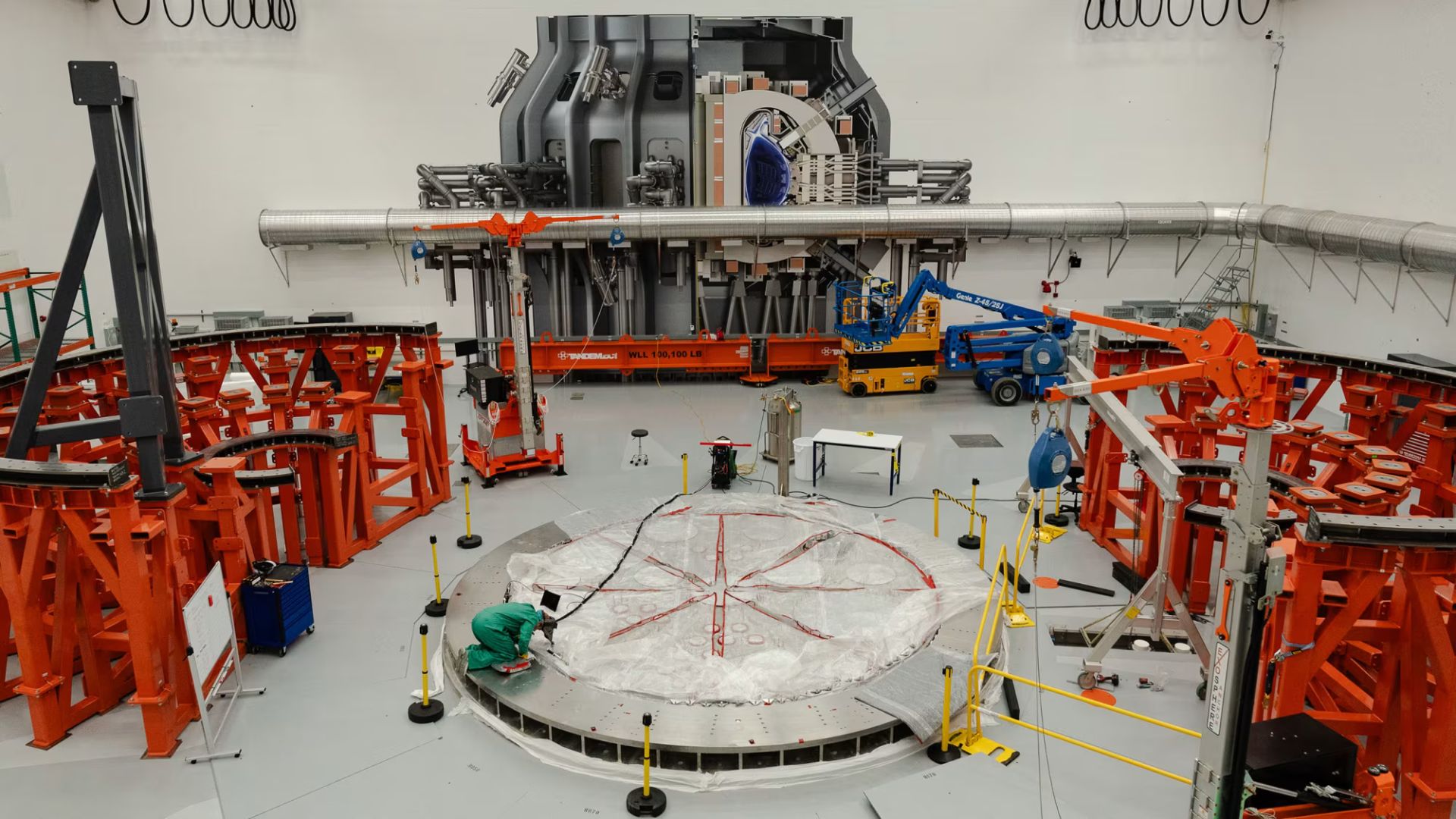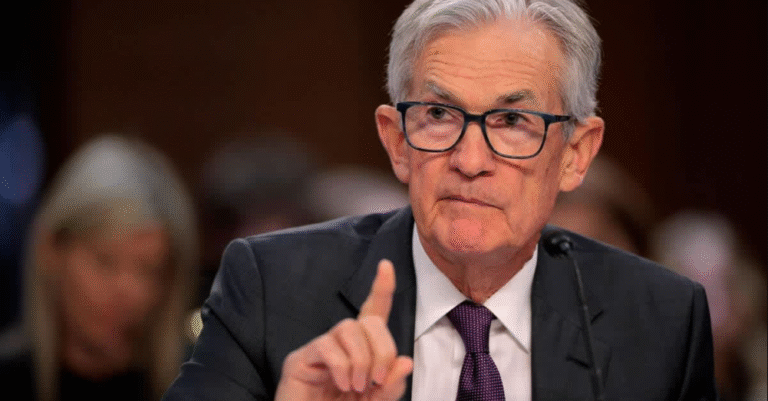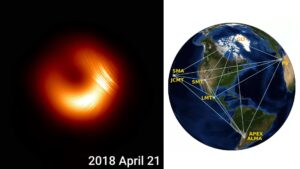
Sophie Park for CNN
The global race to commercialize nuclear fusion energy has reached a turning point in 2025, propelled by a record $9.7 billion of private investment and a landmark Europe-wide research collaboration. Technology powerhouses and deep-pocketed startups are vying to meet both climate goals and the skyrocketing electricity demands of AI data centers.
Big Tech Drives Fusion Funding Boom
Massachusetts-based Commonwealth Fusion Systems raised $863 million in August, bringing its total financing to nearly $3 billion from investors including Nvidia, Google, Bill Gates’ Breakthrough Energy Ventures and Morgan Stanley’s Counterpoint Global (Inc.).
According to the Fusion Industry Association, private fusion companies secured over $2.6 billion in new funding this year alone, contributing to a cumulative $9.7 billion infusion from Big Tech and venture firms (Reuters). Stefan Bindauer of Type One Energy noted that “AI’s escalating power needs are making fusion a feasible, scalable solution.”
Google has pre-committed to purchasing 200 MW from Commonwealth’s planned Virginia tokamak plant, covering half its output. Microsoft inked a similar agreement with Helion Energy to buy fusion power by 2028, underscoring corporate confidence in fusion’s commercial promise (CNN).
CERN and Europe Unite on Fusion Magnets
On September 10, CERN and Fusion for Energy (F4E) formalized a framework agreement to co-develop high-temperature superconducting magnets—a technology critical for both particle accelerators and fusion reactors. Mike Lamont, CERN’s Director for Accelerators and Technology, stated that “CERN and F4E face common challenges from advanced magnet technology to multi-decade project sustainability,” building on cooperation dating to 2014.
F4E, which oversees Europe’s ITER contributions, will leverage CERN’s materials testing and engineering expertise to accelerate magnet design iterations. The collaboration marks Europe’s most ambitious fusion coordination since ITER began construction in France.
Record-Setting Reactor Experiments
2025 has delivered major milestones across three leading reactor concepts:
- Stellarator (Wendelstein 7-X, Germany): Achieved a record fusion triple product over 43 seconds, sustaining plasma conditions that yielded 1.8 GJ of energy turnover—matching tokamak performance levels.
- EAST Tokamak (China): Maintained steady-state plasma for 1,066 seconds in January, the longest continuous operation yet recorded.
- WEST Tokamak (France): Sustained high-performance plasma for 22 minutes in February, demonstrating advanced tungsten divertor stability.
Private companies are translating these successes into commercial designs. Type One Energy’s Infinity Two stellarator aims to generate 350 MW in pilot operation, while Commonwealth’s SPARC tokamak targets net energy gain by 2027.
Accelerating Commercial Fusion Timelines
Industry surveys by the Fusion Industry Association reveal that 75% of fusion developers expect pilot plants to be operational by 2030–2035. With 29 fusion startups based in the U.S., private capital concentrations are reshaping national energy leadership.
Laura Berzak Hopkins of Princeton Plasma Physics Laboratory remarked, “We need fusion—so I’m confident we will solve fusion.” U.S. Energy Secretary Chris Wright forecast on the BBC that fusion could power grids globally within 8–15 years, driven by AI-fuelled demand and rapid technological advances.
As demonstration plants break ground and Fortune 500 companies sign power purchase agreements, fusion energy’s shift from experimental research to commercial reality appears imminent—potentially transforming global energy systems in the early 2030s.












